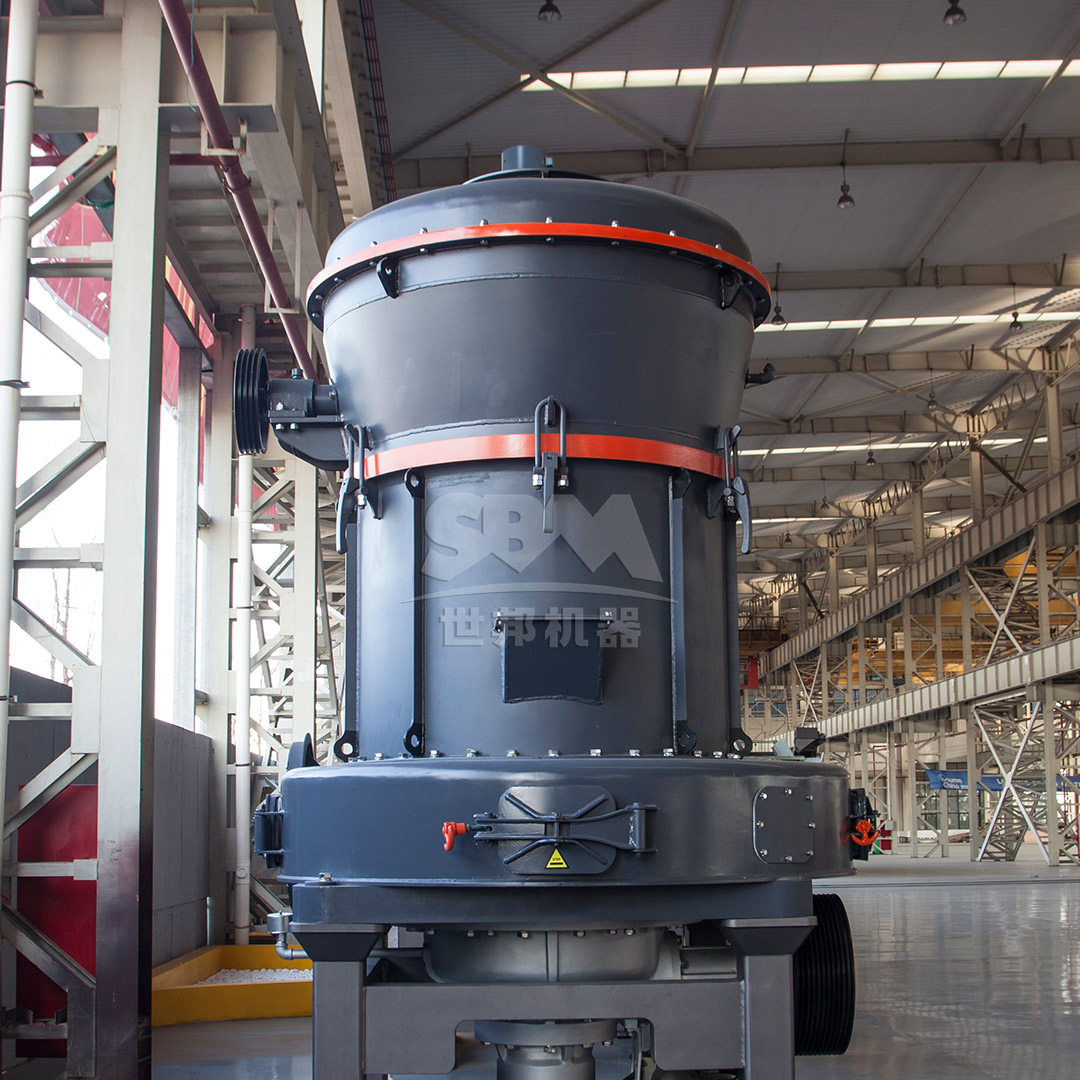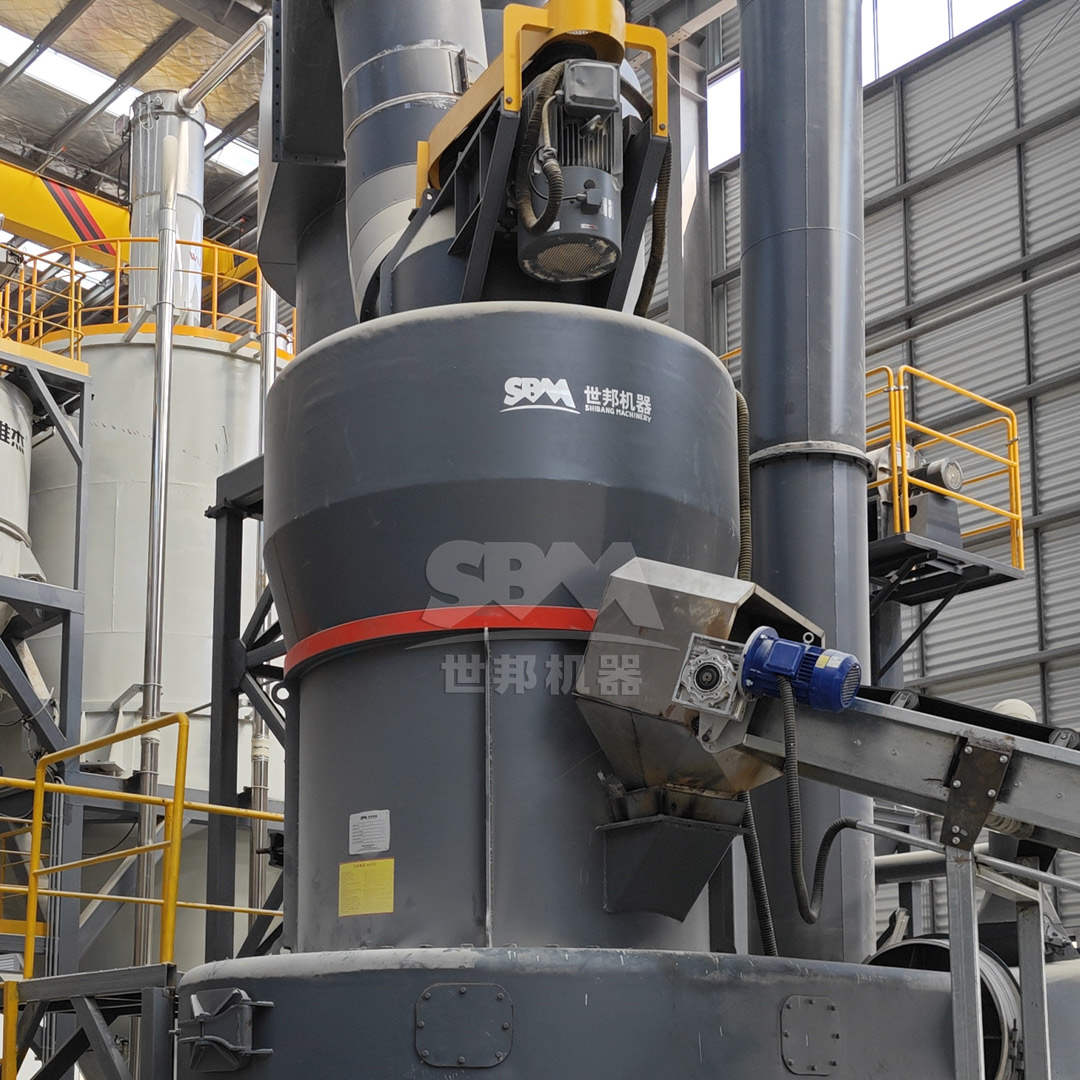In modern industrial processing, grinding plants play a pivotal role in transforming raw materials into finely powdered products with specific particle size distributions. The quality of these powdered materials directly impacts downstream processes and final product performance across numerous industries, including mining, construction, chemicals, and pharmaceuticals. Maintaining consistent product quality in grinding operations requires a comprehensive approach that integrates advanced equipment, precise process control, and rigorous quality assurance protocols. This article explores the fundamental measures necessary for achieving and sustaining high-quality standards in grinding plants, with particular emphasis on technological solutions that enable superior performance.
Particle size distribution (PSD) represents one of the most critical parameters in determining the quality and performance characteristics of powdered materials. Consistent PSD ensures predictable behavior in subsequent manufacturing processes, uniform chemical reactions, optimal flow properties, and desired end-product characteristics. Variations in PSD can lead to significant issues such as segregation, poor compaction, inconsistent chemical reactivity, and suboptimal performance in final applications.
Modern grinding plants employ sophisticated classification systems to achieve precise control over PSD. The integration of high-efficiency classifiers allows operators to target specific particle size ranges while minimizing the presence of oversize or undersize particles. This precision is particularly crucial in applications requiring ultra-fine powders, where even minor deviations from target specifications can render the product unsuitable for its intended use.
| Application Industry | Typical Target Particle Size | Quality Impact of PSD Variation |
|---|---|---|
| Pharmaceuticals | 1-50μm | Affects dissolution rates, bioavailability, and tablet integrity |
| Cement Production | 1-80μm | Impacts strength development, setting time, and durability |
| Paints & Coatings | 0.1-50μm | Influences opacity, gloss, viscosity, and film formation |
| Minerals Processing | 10-150μm | Affects separation efficiency, recovery rates, and processing costs |
The selection of appropriate grinding equipment represents the foundation of quality control in powder production. Different grinding mechanisms offer distinct advantages for specific material types and target particle sizes. Impact mills excel in coarse to medium grinding applications, while compression mills provide better control over particle shape in fine grinding operations. For ultra-fine applications, specialized equipment with integrated classification systems delivers the precision required for demanding specifications.
Modern grinding systems incorporate several technological advancements that significantly enhance product quality consistency. These include:

Different grinding applications demand specialized equipment configurations to achieve target quality parameters. For coarse to medium grinding applications where product quality requirements include specific particle shape characteristics and throughput efficiency, the MTW Series Trapezium Mill offers exceptional performance. With its advanced curved air duct design that minimizes energy loss and enhances transmission efficiency, combined with integral transmission of bevel gears that achieves up to 98% transmission efficiency, this mill delivers consistent product quality while reducing operational costs. The wear-resistant volute structure further ensures stable performance over extended operational periods, making it an ideal solution for quality-conscious operations processing materials up to 50mm in size with target fineness between 30-325 mesh.
For operations requiring ultra-fine powders with stringent quality specifications, specialized equipment with precision classification capabilities is essential. The SCM Ultrafine Mill represents a technological breakthrough in this category, capable of producing powders with fineness ranging from 325 to 2500 mesh (D97≤5μm). Its vertical turbine classification system ensures precise particle size cuts without coarse powder contamination, delivering exceptional product uniformity. The intelligent control system automatically adjusts operational parameters based on real-time feedback of product fineness, maintaining consistent quality despite variations in feed material characteristics. With energy consumption 30% lower than conventional jet mills and twice the production capacity, this mill sets new standards for quality and efficiency in ultra-fine grinding applications.
Effective process control represents the cornerstone of quality management in grinding plants. Implementing comprehensive control strategies ensures that product specifications are consistently met while maximizing operational efficiency. Key elements of successful process control include:
Consistent feed material properties are essential for stable grinding operations and predictable product quality. Implementing rigorous incoming material inspection protocols helps identify variations in hardness, moisture content, and composition that could impact grinding performance. Pre-processing steps such as drying, pre-crushing, and blending homogenize feed materials, reducing fluctuations in grinding behavior and product characteristics.
Advanced grinding plants employ online analyzers to continuously monitor critical feed parameters, enabling automatic adjustment of process setpoints to compensate for material variations. This proactive approach to feed management prevents quality deviations before they occur, reducing the need for corrective actions and reprocessing of off-specification material.
Modern grinding plants utilize sophisticated sensor networks and control systems to maintain optimal operating conditions. Key parameters monitored in real-time include:
These data streams feed into advanced process control algorithms that automatically adjust operational parameters to maintain product quality within specified limits. Statistical process control (SPC) techniques further enhance quality management by identifying trends and potential deviations before they result in non-conforming product.

Despite advances in online monitoring, traditional laboratory analysis remains an essential component of comprehensive quality assurance programs. Regular sampling and testing provide verification of online measurement systems and deliver more detailed characterization of product properties. Key laboratory tests for grinding operations include:
Establishing correlation between online measurements and laboratory results enables continuous refinement of control strategies and enhances the reliability of quality predictions.
Equipment condition directly impacts product quality in grinding operations. Wear of grinding elements, classifier components, and liner plates gradually alters the grinding characteristics of the system, leading to subtle changes in product properties over time. Implementing structured maintenance programs prevents quality degradation and ensures consistent performance throughout equipment service life.
Advanced grinding plants employ predictive maintenance techniques to anticipate component wear before it affects product quality. Vibration analysis, thermography, and lubricant condition monitoring provide early warning of developing issues, allowing maintenance to be scheduled during planned downtime rather than as emergency repairs. This approach minimizes unplanned interruptions to production and prevents quality deviations associated with deteriorating equipment condition.
Systematic management of wear parts ensures that grinding performance remains within specified parameters. Establishing component replacement schedules based on operational hours or throughput volume prevents extended operation with worn elements that compromise product quality. Maintaining inventories of critical wear parts reduces downtime when replacements are required, supporting continuous quality production.
For operations utilizing the MTW Series Trapezium Mill, the innovative anti-wear shovel design with combined shovel blades significantly reduces maintenance costs while extending roller service life through curved surface optimization. This design approach exemplifies how equipment selection can directly impact both maintenance requirements and long-term quality consistency.
Modern grinding operations must address environmental considerations while maintaining product quality standards. Dust emissions, noise pollution, and energy consumption represent significant challenges that require integrated solutions. Advanced grinding systems incorporate environmental protection features that simultaneously support quality objectives:
Effective dust control is essential for both environmental compliance and product quality preservation. Pulse-jet baghouse filters with efficiency exceeding international standards prevent product loss through emissions while maintaining clean operating conditions. Properly designed dust collection systems also prevent cross-contamination between different product batches, supporting quality consistency.
The SCM Ultrafine Mill incorporates pulse dust removal technology with efficiency exceeding international standards, ensuring minimal product loss while maintaining superior working conditions. The integrated soundproof room design further reduces noise levels to ≤75dB, addressing both environmental and workplace safety considerations without compromising product quality.
Energy consumption in grinding operations represents a significant portion of production costs, but efficiency improvements often align with quality enhancement opportunities. Modern grinding systems achieve energy savings through optimized grinding mechanics, reduced recirculation of material, and improved classification efficiency. These improvements frequently result in more consistent product quality through better control of residence time and reduced overgrinding of fine particles.

A mineral processing plant recently upgraded its grinding circuit to address inconsistent product quality that was affecting downstream processes. The existing ball mill system produced material with variable particle size distribution, causing fluctuations in flotation recovery and concentrate grade. After thorough evaluation of available technologies, the plant selected a modern vertical roller mill with integrated high-efficiency classifier to replace the conventional circuit.
The new system incorporated several quality-enhancing features:
Following implementation, product quality consistency improved dramatically, with the standard deviation of the PSD’s D80 value reduced by 68%. This improvement translated to significant benefits in downstream processes, including a 12% increase in flotation recovery and 23% reduction in reagent consumption. The case demonstrates how strategic equipment selection combined with comprehensive quality control measures can deliver substantial operational improvements.
The evolution of grinding technology continues to focus on enhancing product quality while reducing operational costs. Several emerging trends promise to further improve quality control capabilities in grinding plants:
Advanced AI algorithms are being developed to optimize grinding operations by identifying complex relationships between operational parameters and product quality. These systems can predict quality deviations before they occur and recommend corrective actions, moving beyond reactive control to truly predictive quality management.
Virtual replicas of grinding systems enable operators to simulate process changes and their impact on product quality without interrupting production. Digital twins facilitate optimization of operating parameters for specific quality objectives and provide training platforms for operators.
New sensor technologies offer enhanced capabilities for real-time quality monitoring. Hyperspectral imaging, acoustic emissions monitoring, and advanced particle characterization techniques provide richer data streams for quality control decisions.
Achieving consistent product quality in grinding plants requires an integrated approach that combines appropriate equipment selection, comprehensive process control, structured maintenance practices, and environmental management. The selection of grinding technology should align with specific quality objectives, with modern systems like the SCM Ultrafine Mill and MTW Series Trapezium Mill offering advanced features specifically designed to enhance product consistency. As grinding technology continues to evolve, the integration of digitalization, advanced control strategies, and predictive maintenance will further enhance quality management capabilities, enabling producers to meet increasingly stringent customer requirements while optimizing operational efficiency.